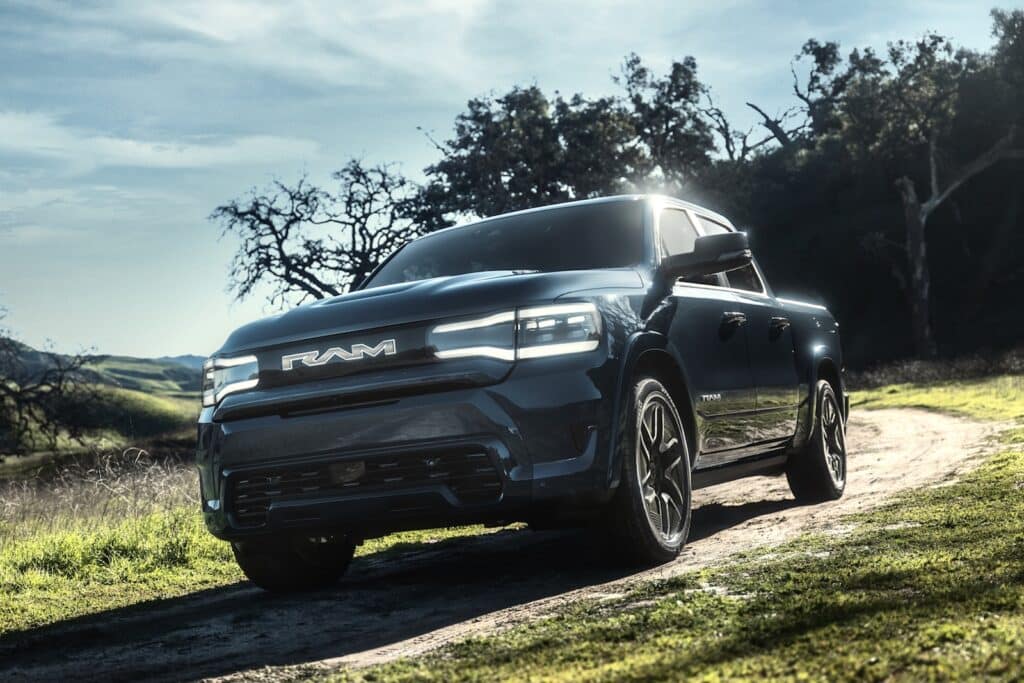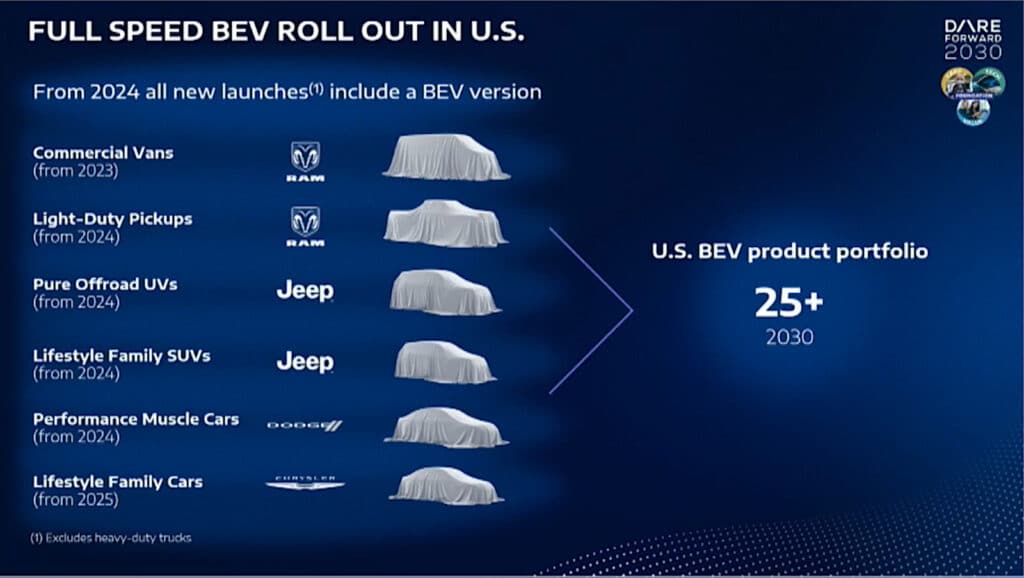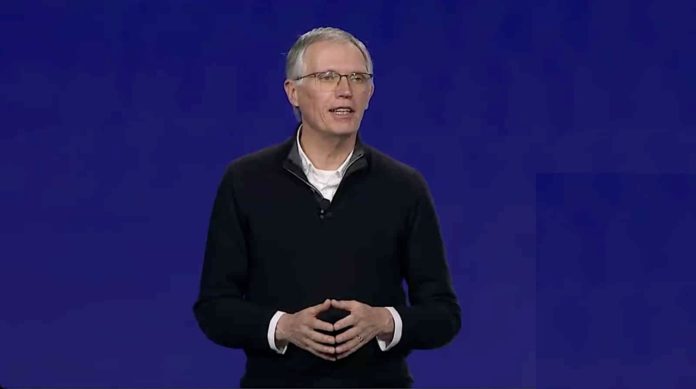Stellantis will build a second battery “gigafactory” in the United States, the trans-Atlantic automaker announced Monday, while also revealing plans to boost the capacity of its first EV battery plant. The two facilities are part of a joint venture formed with South Korea’s Samsung SDI.
The automaker, formed by the merger of Fiat Chrysler Automobiles and France’s Groupe PSA, has been slow to enter the EV market. But it is aiming to make up for lost time. Together, the two factories could support nearly 1 million all-electric models, depending on the size of their battery packs.
“This new facility will contribute to reaching our aggressive target to offer at least 25 new battery electric vehicles for the North American market by the end of the decade,” Stellantis CEO Carlos Tavares said in a statement. “We are continuing to add more capacity in the United States together with our great partner Samsung SDI and laying the next steps to reaching our carbon neutrality commitment by 2038.”
Expanded EV plans
The new gigafactory will be part of the StarPlus Energy joint venture Stellantis formed with Samsung SDI. The precise location has yet to be announced a spokesperson for the automaker told TheDetroitBureau.com. But it did reveal that the new facility will have the capacity to produce up to 34 gigawatt-hours of lithium-ion batteries annually once it reaches full speed.

At the same time, Stellantis plans to increase the capacity of its first U.S. battery plant, that StarPlus facility going into Kokomo, Indiana. Originally capacitized at 23 gWh, that now will reach 33 gWh sometime after it begins operations, with a start-up date targeted at the first quarter of 2025.
Each of those plants could supply enough batteries to power up to about 500,000 small EVs, though the number of vehicles would drop substantially if the plants were to supply larger products like the Ram 1500 Rev pickup truck set to debut late next year.
A slow start
Stellantis has been slower to market with EVs than many key rivals, especially with the brands that were formally part of Fiat Chrysler. But it is racing to catch up. As part of its Dare Forward 2030 strategic plan, Stellantis is targeting a 100% EV sales mix in Europe by 2030, and 50% of its light-duty vehicles in the U.S. It has set a goal of securing about 400 gWh of battery capacity to meet those targets.
The decision to add a second U.S. gigafactory is not a surprise. Most major automakers are now laying out similar plans in order to meet the sourcing requirements set under the Inflation Reduction Act passed by Congress in August 2022. That would be necessary in order to qualify for up to $7,500 in federal incentives for EV buyers.

“By establishing the joint venture with Stellantis last year, we laid a solid groundwork for marking our presence in North America,” Samsung SDI President and CEO Yoon-ho Choi said in the joint statement. “The second plant will accelerate our market penetration into the U.S. and help Stellantis push forward the U.S. transition to an era of electric vehicles by supplying the products featuring the highest levels of safety and quality.”
Surge in U.S. EV battery production
But the partners will also need to localize sourcing for key raw ingredients, including lithium, nickel, cobalt and magnesium.
By February of this year, the Bank of America reported, plans for 17 new U.S. battery plants were laid out in response to the IRA. As many as either more have been announced since then, including facilities for Ford, Volkswagen and, now, Stellantis.
U.S. EV battery capacity is forecast to grow from about 40 gWh in 2022, according to the Department of Energy, to as much as 1 terawatt-hour by 2030. That would help meet President Joe Biden’s goal of having 50% of the new vehicles sold in the U.S. run on battery power by the end of the decade.

